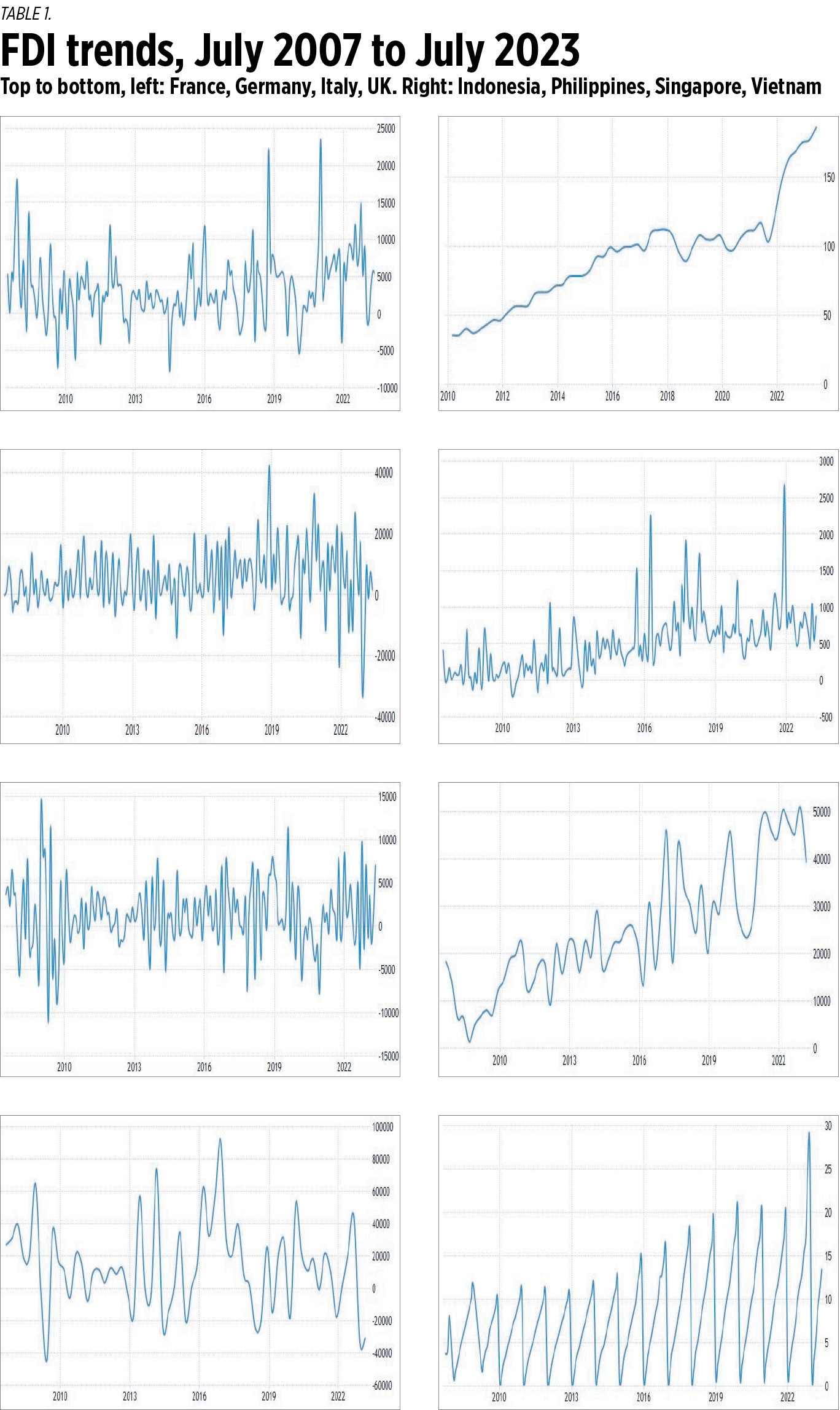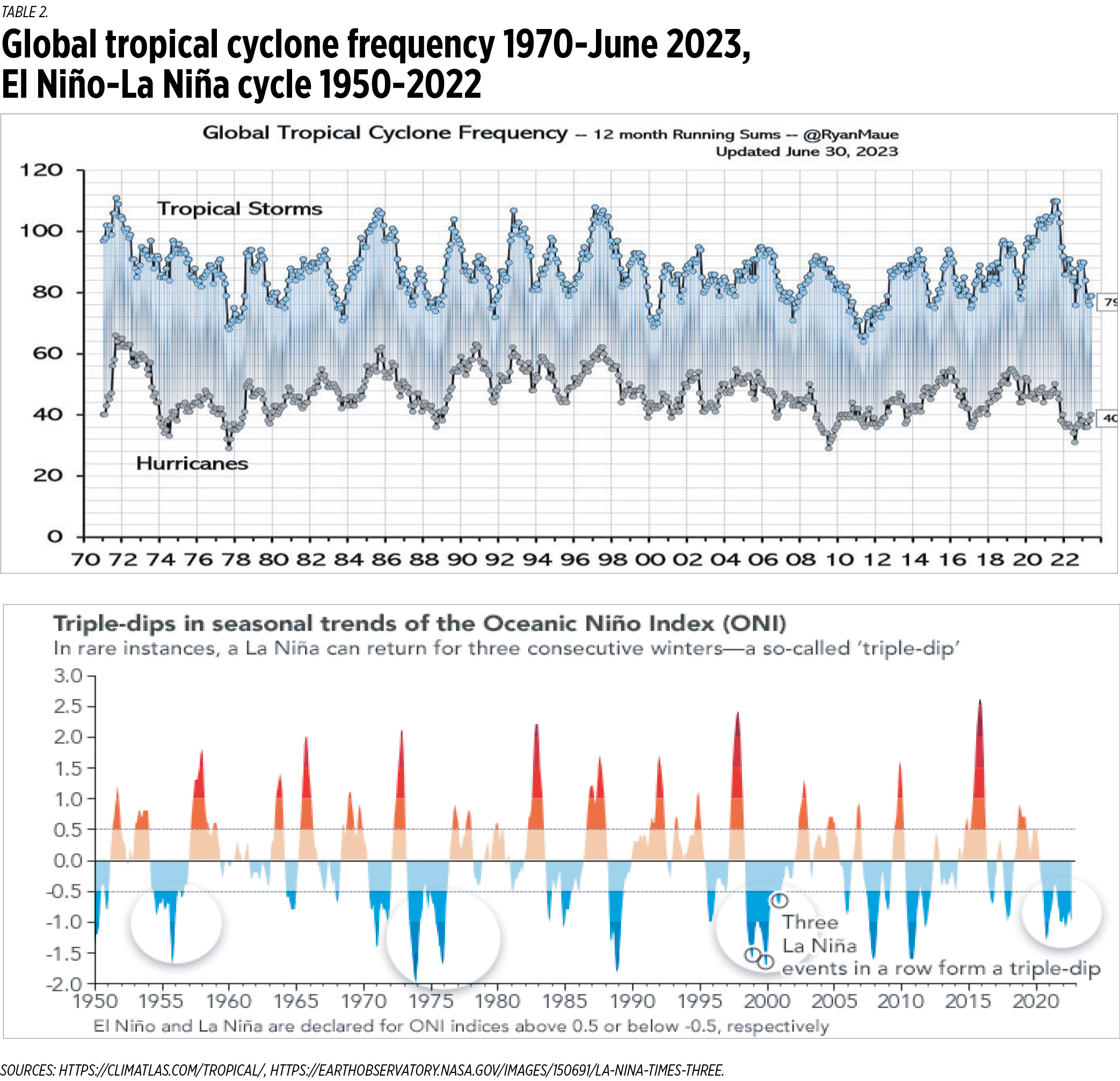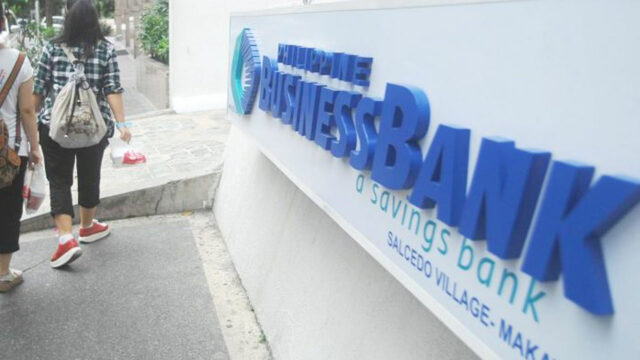During his second State of the Nation Address (SONA) on Monday, July 24, President Ferdinand R. Marcos, Jr. highlighted economic recovery via high GDP growth, increasing the employment rate, investments, revenues, and spending on agriculture modernization; the decrease in inflation rate, other economic factors.
For this piece, three subjects will be tackled — investments, revenues, and climate change. Note also that this month, this writer has made a four-part assessment of the economic performance of the administration’ first year: budget deficit and employment (part 1), inflation and interest rates (part 2), trade and investments (part 3), and overall GDP and agriculture (part 4).
INVESTMENTS AND MAHARLIKA FUND
The President said in his SONA, “For strategic financing, some of the nation’s high-priority projects can now look to the newly established Maharlika Investment Fund, without the added debt burden…. the Maharlika Fund shall be used to make high-impact and profitable investments, such as the Build-Better-More program.
“…foreign trips… economic missions have yielded an estimated total investment value of $71 billion, or P3.9 trillion, with a potential to generate 175,000 jobs…
“BoI-approved investment projects have reached P1.2 trillion during our first year, while other strategic investments approved for processing through the newly established ‘green lanes’ amount to P230 billion.”
This is indeed a good performance, kudos should largely be given to the economic team (Finance Secretary Benjamin Diokno, Budget and Management Secretary Amenah Pangandaman, National Economic and Development Authority Secretary Arsenio Balisacan, former Central Bank Governor Felipe Medalla and now Governor Eli Remolona) and their series of Philippine Economic Briefings (PEB) with investors in some key cities in the world — Jakarta, Singapore, Washington, DC, New York, Frankfurt, London, Tokyo, and Toronto.
More aggressive investment promotions by the economic team should be done in Europe, a rich continent but many countries of which have taken the slow path to deindustrialization and degrowth economics in their climate, energy, and trade policies. One result of this is that companies there are slowly migrating to North America and Asia.
I constructed a table (Table 1) of eight charts, with trends in foreign direct investments (FDI) over the last 15 years in the four biggest economies of Europe and four ASEAN countries. The former show flatlining if not mild deceleration in FDI, the latter shows a continuing rise in FDI.

CLIMATE CHANGE
The President further stated in his SONA 2023, “…action to mitigate and adapt to the effects of climate change…. The economic agenda cannot and will not ever be incompatible with our climate change agenda.
“Climate change is now an important criterion in our integral national policies, in planning, decision-making, up to the implementation of programs…. We remain committed to global decarbonization goals.”
Mr. President, climate change is true. Climate has been changing since planet Earth was born some 4.6 billion years ago and will continue to change in the next billions of years, warming and cooling in endless and natural cycles.
Climate change as natural or nature-made — not man-made — is shown in scientific data, especially paleoclimate data. Below I show only two sets of these: a.) the number of tropical cyclones in the world is fluctuating, not ever-rising, as some years have more storms, some years have less storms; and, b.) the El Niño-La Niña cycle, with the recent La Niña of 2021-2022 having a triple-dip, the last time this happened was in La Niña 2000-2001 (Table 2).

So, we should not compromise our agriculture, energy, mining, transportation, other sectoral policies in the false and fictional hope of “fighting man-made climate change.” There is warming-cooling cycle, El Niño-La Niña cycle, wet-dry season cycle, water evaporation-condensation cycle, and so on. But there is no budget deficit-surplus cycle, there is only endless, perennial budget deficit and perennial borrowing as more public resources are spent on climate bureaucracies, climate travels, climate loans, and related wasteful spending.
We should slowly wean ourselves away from climate alarmism and move towards spending realism, non-wasteful spending focused on fast economic growth, rising productivity, industrialization and modernization.
HIGHER REVENUES, CONTROL SMUGGLING
President Marcos Jr. also said in his SONA: “Higher revenue collections will be critical in our bid to bolster public investments. Under our fiscal framework, we envision our tax and revenue efforts to further increase, to up to 16.9% and 17.3% by 2028….
“Isa sa mga dahilan ng pagtaas ng presyo ay ang mga smugglers, hoarders at nagmamanipula ng presyo ng produktong agrikultural. Hinahabol at ihahabla natin sila.” (One of the reasons for the rise in prices are smugglers, hoarders, and the manipulators of prices of agricultural products. We will go after them and charge them.)
You are correct there, Mr. President. The government needs more revenues to fund more infrastructure projects and investments, especially in the provinces. Economic sabotage via smuggling, non-payment of appropriate taxes, unfair competition with legitimate and law-abiding businesses by bringing in illicit products should be penalized.
I notice that the Bureau of Internal Revenue (BIR) under the new leadership of Commissioner Romeo D. Lumagui, Jr. is doing a good job plugging the revenue loopholes caused by smuggling and illicit trade. I saw reports of BIR regional offices nationwide holding simultaneous raids on July 13 and 14 of retailers and warehouses of suspected and actual smuggled products.
Some 747 stores, warehouses, and different establishments were raided. The amount of taxes evaded has still not been fully quantified, but the Commissioner is clearly committed to filing criminal cases against the traders and owners of the stores that are in violation of the law, and the destruction (not reselling) of the confiscated goods.
The President asked Congress in his SONA to enact five bills, four on revenues and one on spending rationalization: a.) Excise tax on single-use plastics, b.) VAT on digital services, c) Rationalization of the mining fiscal regime, d.) Motor vehicle user’s charge/road user’s tax, and, e.) Military and Uniformed Personnel (MUP) pension reform.
I must give credit to the economic team, especially the Finance department, for their many meetings and consultations with active MUP personnel and officials. MUP should contribute to their own pensions and not expect the taxpayers to pay for their huge, tax-free pensions.
Mining tax rationalization is a good move. Global prices of important metals like gold, copper, and silver remain high, the potential corporate mining sales and government tax revenues are big, we should seize the opportunities. This topic will also be discussed in the forthcoming Mining Conference 2023, on Sept. 19-20 at Shangri-La Edsa Hotel, sponsored by the Chamber of Mines of the Philippines.
Bienvenido S. Oplas, Jr. is the president of Bienvenido S. Oplas, Jr. Research Consultancy Services, and Minimal Government Thinkers
minimalgovernment@gmail.com














